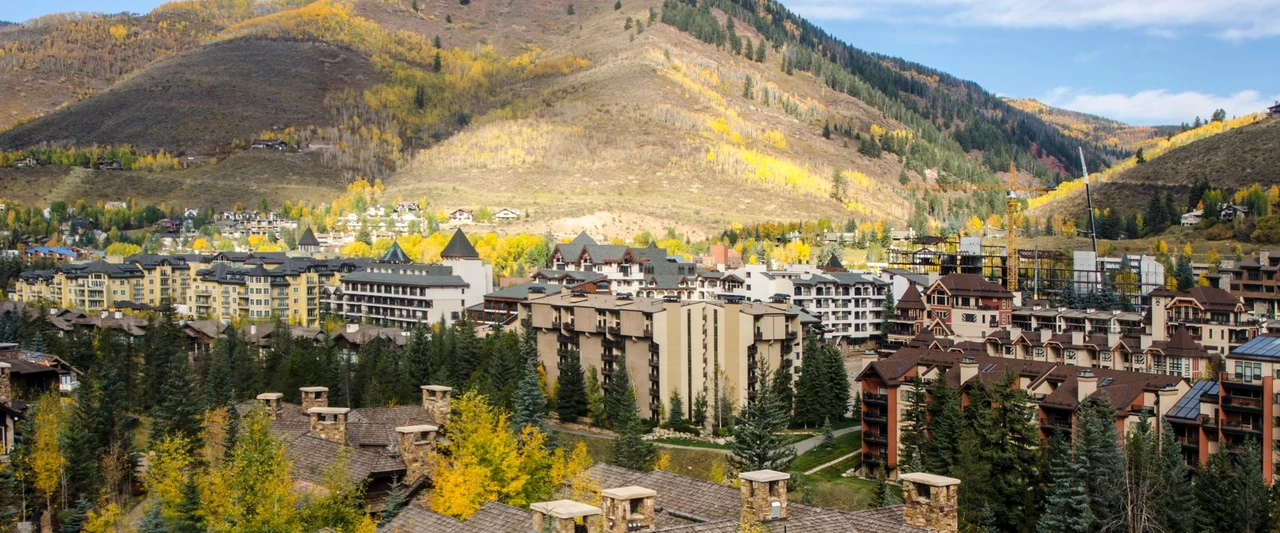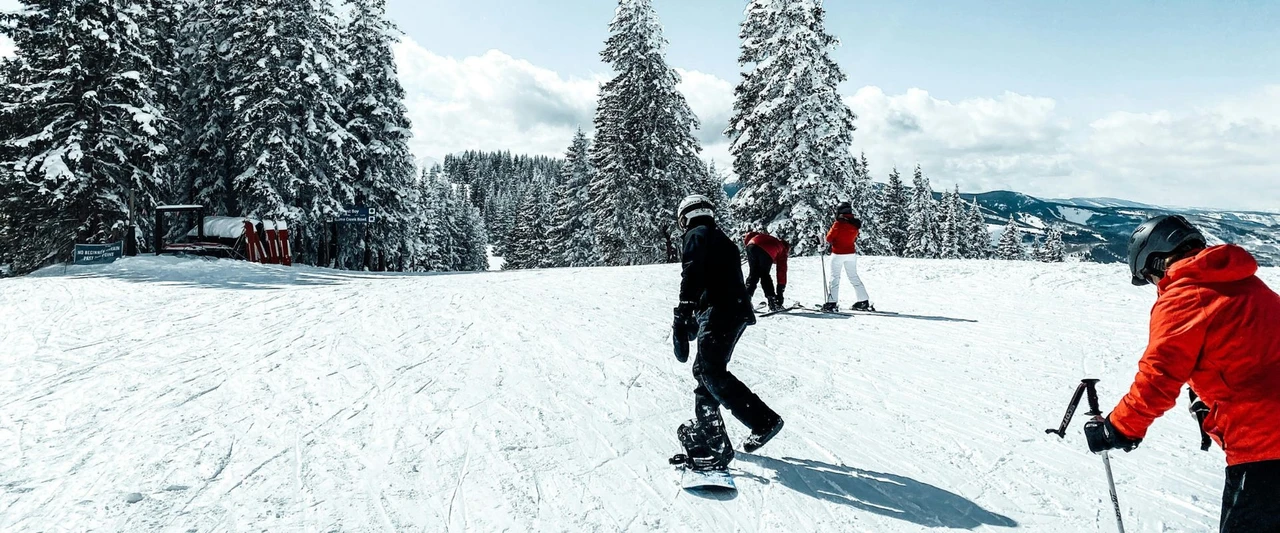Ask any broker in the Vail Valley and they’ll tell you — closing a deal today takes longer than it did a few years ago. Not because buyers and sellers are less motivated, but because the mechanics of the market have changed.
Days on market are up. Appraisals are slower. Financing is tighter. And resort-market logistics — from HOA document delays to clients traveling between time zones — all add friction.
Here’s a look at the key factors shaping how long Vail transactions really take in 2025, what’s behind the slowdown, and what top brokers are doing to keep deals moving.
1. More Inventory = More Decision Time
What’s happening:
After years of scarcity, buyers finally have options again. Eagle County inventory is up roughly 18% year over year, and homes are now averaging 100+ days on market — sometimes double what we saw in 2021–22.
Impact:
Buyers are taking longer to compare properties and wait for price adjustments.
Multiple “second looks” are more common, particularly for $3M+ listings.
Sellers, accustomed to instant offers, may resist early price reductions, extending listing life cycles.
Broker takeaway:
Manage seller expectations early. A realistic 3–6-month listing window is now the norm, not the exception.

2. Price Discovery Is Slower (and More Public)
What’s happening:
Buyers are watching every price cut in real time. Local MLS data and Zillow price history are public, and everyone’s comparing price-per-square-foot across East Vail, Lionshead, and Cordillera.
Impact:
Sellers often prefer to “test” the market with a premium list price.
Buyers wait for reductions before engaging.
Brokers spend more time re-anchoring both sides to reality mid-listing.
Broker takeaway:
Price adjustments should be part of the initial strategy, not a reactive move. Communicate that even strong homes may need 30–60 days of market exposure before real activity begins.
3. Financing Friction in a High-Rate Environment
What’s happening:
Higher interest rates are adding 10–20 days to financed deals. Even in the luxury segment, where many buyers are cash, those using leverage face stricter underwriting, slower appraisals, and additional verification.
Impact:
Appraisal delays — especially for unique luxury properties — are common.
Lenders require longer rate-lock periods, adding pressure near closing.
Some buyers shift to cash mid-deal to save the transaction, forcing re-writes of contract terms.
Broker takeaway:
Encourage clients to pre-underwrite (not just pre-qualify). For high-end listings, build a 45–60-day escrow window into contracts if financing is involved.
4. HOA and Resort-Specific Delays
What’s happening:
Vail and Beaver Creek HOAs are often managed by multiple entities (property managers, master associations, resort operators). Getting resale documents and budgets can easily take 10–14 days — sometimes longer during peak seasons.
Impact:
Slows down due diligence and inspection response deadlines.
Creates buyer frustration if budgets, assessments, or rules are unclear.
Extends escrow timelines beyond what clients expect in metro markets.
Broker takeaway:
Pull HOA docs before going under contract. Anticipate bottlenecks in multi-layer associations and set realistic inspection/objection dates.
5. Non-Local Clients and Travel Scheduling
What’s happening:
Most buyers and sellers in Vail aren’t local — they’re in Denver, Texas, California, or New York. Coordinating inspections, walk-throughs, and signings means juggling flights, holidays, and ski season.
Impact:
Adds days (sometimes weeks) between offer, inspection, and closing.
Out-of-state attorneys or title agents slow document turnarounds.
“We’ll sign after we get back from Europe” is not uncommon in July or December.
Broker takeaway:
Build buffer time into contracts. Use remote-notarization and e-signature platforms whenever possible. Proactively schedule key milestones around travel.

6. Inspections and Local Vendor Availability
What’s happening:
The shortage of qualified local inspectors, electricians, and contractors hasn’t eased. During peak rental or ski seasons, inspection appointments can book out a week or more.
Impact:
Extends contingency periods.
Repairs take longer to verify or complete pre-closing.
Broker takeaway:
Pre-inspect when possible and keep a vetted vendor list ready. Strong broker relationships with local tradespeople save entire weeks in process time.
7. Title & Legal Complexity in Resort Areas
What’s happening:
Many resort properties include shared ownership, multiple parcels, or specialized zoning. Title searches take longer, and underwriters are cautious.
Impact:
Curative title work can add 10–15 days.
Complex ownership (LLCs, co-ownership structures, trusts) requires more documentation.
Broker takeaway:
Get title started immediately upon listing. If selling co-ownership or partial interest, confirm legal clarity before marketing.
8. Broker Strategy Can Compress Timelines
While market forces slow some deals, skilled brokers are cutting weeks off timelines through better preparation:
✅ Pre-listing inspections and disclosures ready at launch
✅ Pricing strategy that includes planned adjustments
✅ Early lender engagement (especially for jumbo loans)
✅ Transparent communication with out-of-state parties
✅ Digital coordination across escrow, HOA, and title
Bottom line: Even in a slower market, preparation and communication are your time-saving tools.
Conclusion
In 2025, Vail transactions aren’t “harder” — they’re just more complex. Brokers who anticipate the bottlenecks, educate clients early, and align the moving parts can still deliver seamless experiences.
The best brokers in the valley aren’t just reacting to delays — they’re preventing them.